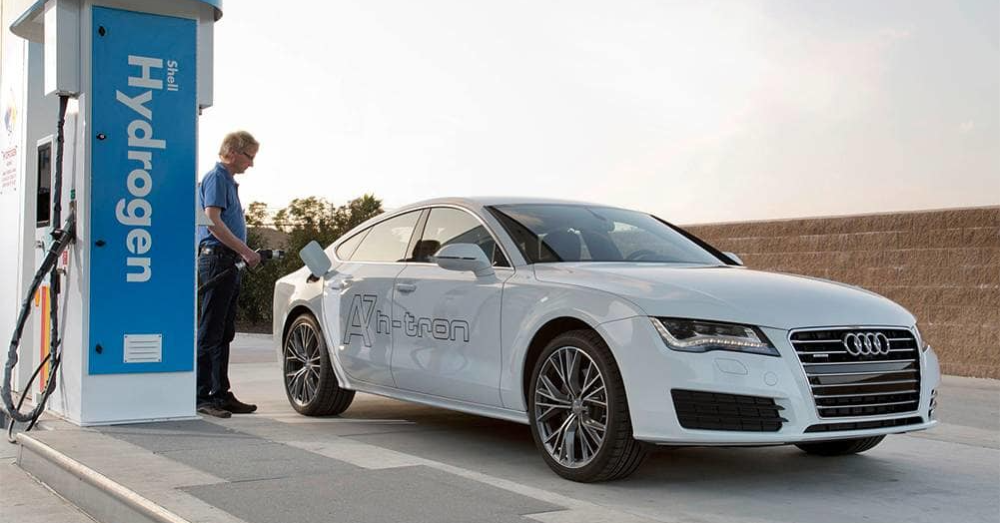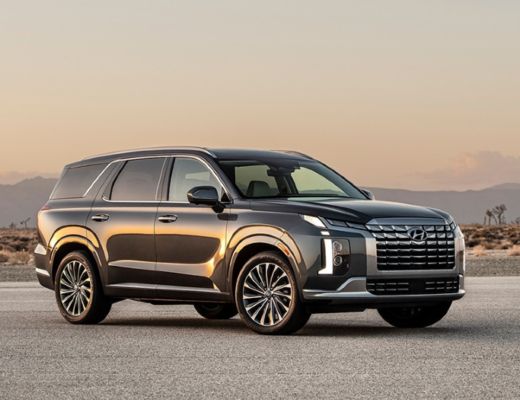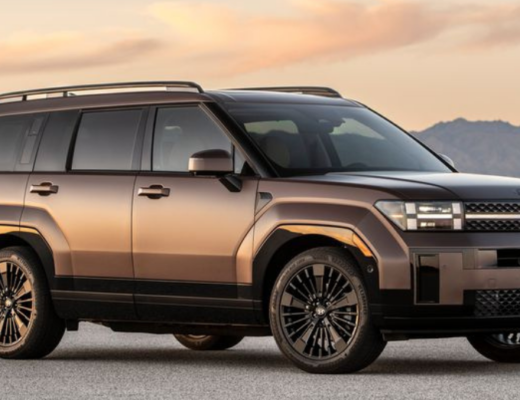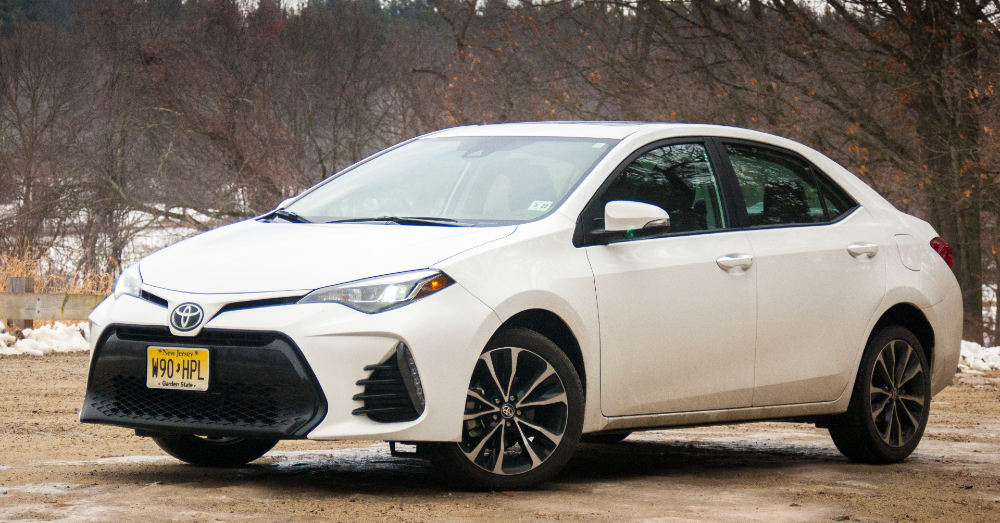The question of whether or not hydrogen fuel cell cars are any good is similar to asking whether or not an EV is any good.
What many don’t understand about FCEVs (Fuel Cell Electric Vehicles) is the fact that these cars are electric vehicles. Hydrogen is one of the most renewable and plentiful elements in the world and in the universe, making it a good energy source that could make driving better for you. Let’s take a look at the differences between a typical EV and an FCEV to see what the benefits of this new alternative fuel source could offer.
The Greatest Drawback to EVs is Gone
What’s the most challenging part of owning an EV? The charging time. If you have the longest-range vehicle in the market, you still have to refuel after a little more than 300 miles of driving. For traditional EV models, which charging time can be several hours. Even the models that promote fast-charging in a few minutes for a portion of your driving range, you’re not getting a full charge. This means if you want to take a road trip in an EV, you’ve got to stop more often and spend more time refueling than you would with a traditional gasoline engine.
Enter the FCEV
Hydrogen fuel cell cars take away that charging times and the range anxiety you might feel with your vehicle. With the use of liquid hydrogen that can be pumped into the tanks the same way you pump gasoline now, you can fill up the tank in five minutes and head out on the road to continue your drive to where you want to go. The only problem with this situation is that we don’t have a widespread infrastructure to support FCEVs right now.
What are the Emissions of Hydrogen-Powered Vehicles?
FCEVs are electric vehicles that use hydrogen to generate electricity and send that power to the electric motors. When this gas is converted into electricity, water and heat are released. That means the only emission coming from an FCEV is water vapor, which can go back into the atmosphere and give us no harmful chemicals from one of these vehicles. This makes it easy to admire an FCEV and also begs the question of why we aren’t using these vehicles instead of mining lithium or other rare-earth materials to make the batteries for traditional EVs.
Which Came First?
We’ve heard the old question before of which item came first, the chicken or the egg. This is a philosophical question that tends to cause people to lean toward evolution or creation as the way the universe and our world came about. We’re asking a similar question for hydrogen fuel cell vehicles. If more stations were built around the country, more of these vehicles could be made, but would they? Will energy companies invest in hydrogen in hopes that FCEVs will be sold, or will we have to see these vehicles sold first to prove that an infrastructure change needs to take place?
The Infrastructure Challenge Goes Deeper
More traditional electric vehicles have been easier to sell and distribute to customers around the globe because the infrastructure for refueling was already in place. Most owners were able to recharge the batteries at home overnight and would simply plug in the vehicle and have it ready for the next day. We don’t have the same capability with hydrogen fuel cell vehicles. There isn’t a tank of liquid hydrogen sitting out back at every home in developed countries, which makes this part of the equation the most challenging factor.
How Far Can You Go on a Tank of Hydrogen?
When electric vehicles were first being offered, the driving range on electricity was very small. For the most part, these models had to be plug-in hybrids instead of full EV models because the only way they could be sold was to have a gasoline backup engine to offer a reasonable driving range. When fully electric models began to offer longer driving ranges, they were finally taken seriously. Today, we see many EVs that can drive for 300 miles or more, which is a pretty reasonable number in the automotive world.
If you live in California and you choose to drive an FCEV, you have had three choices for a few years. These choices are the Toyota Mirai, Hyundai NEXO, and Honda Clarity Fuel Cell. All three of these models give you the hydrogen tank you need to fill up at the stations around the state. The Mirai gives you an estimated 402 miles of driving range, and the NEXO brings you 380 miles of driving. These numbers are excellent and make it possible for you to drive your FCEV the same way you would a traditional gasoline model, as long as you’re close enough to a refueling station.
More Hydrogen Models are Being Developed
The electric vehicle market started as a trickle and has boomed to a point where nearly every automaker is ready to give you several models by the end of the decade. Will this be the same for hydrogen fuel cell vehicles? There are several models in development that could be part of the future of what we see when it’s time for a drive. Of course, to support this growth, hydrogen refilling stations will need to be built and added to the current infrastructure.
We see new models in development from Lexus, Audi, BMW, Ford, Mercedes-Benz, General Motors, and Nikola. As these new hydrogen vehicles gain popularity and show that the range anxiety and charging time frustrations are gone with the use of hydrogen, we should see more of these models being purchased. It’s going to take some bold moves and strong faith to wait out the few years it will take for the infrastructure and vehicle development to catch up.
If hydrogen fuel cell vehicles were used in every market, this fuel could easily replace gasoline and give us the driving experience we already know and love.
This post may contain affiliate links. Meaning a commission is given should you decide to make a purchase through these links, at no cost to you. All products shown are researched and tested to give an accurate review for you.




